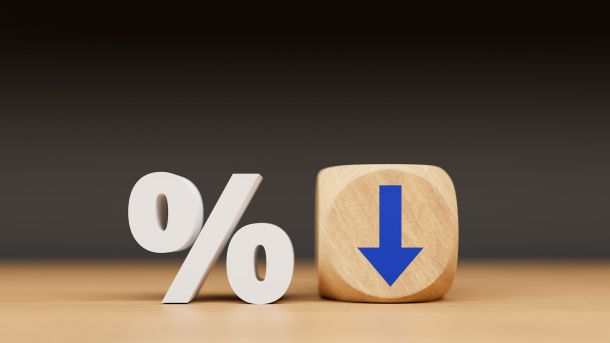The deflationary trend in producer inflation appears to have ended, as the costs for only two categories still experiencing a decline in prices such as Coke, petroleum, chemicals, rubber, plastics, and Petrol – decreased by 1.0% and 2.8% respectively on an annual basis during August 2025.
Production costs for intermediate goods rose by 6.5% in August, following a 6.4% increase in July. This level of increase exceeds the South African Reserve Bank’s (SARB) inflation target range of 3% to 6%, although the month-on-month rise remains modest at 0.3%. The annual growth is largely driven by base effects from 2024 data.
Key contributors to the monthly increase included:
- Basic and fabricated metals, which rose by 0.3%, adding 0.2 percentage points.
- Chemicals, rubber, and plastics, which increased by 0.6%, contributing a further 0.2 percentage points.
In the primary sector, mining costs grew by 8.5% in August, up from 7.5% in July. The agriculture sector experienced a 3.0% increase, down from 6.5% in July.
Overall, the trend in producer price inflation for final manufactured goods remains supportive of favourable inflation expectations in South Africa for the short to medium term. Consumer inflation remains low at 3.3%, closely aligned with the SARB’s target of 3%. Although prices for certain intermediate goods—particularly water and electricity—are still above target range, the current figures suggest that consumer inflation is likely to remain low and stable in the near future.
This stability may give the Reserve Bank room to consider further interest rate reductions later in 2025, as both consumer and producer inflation expectations appear to be well contained at present.





